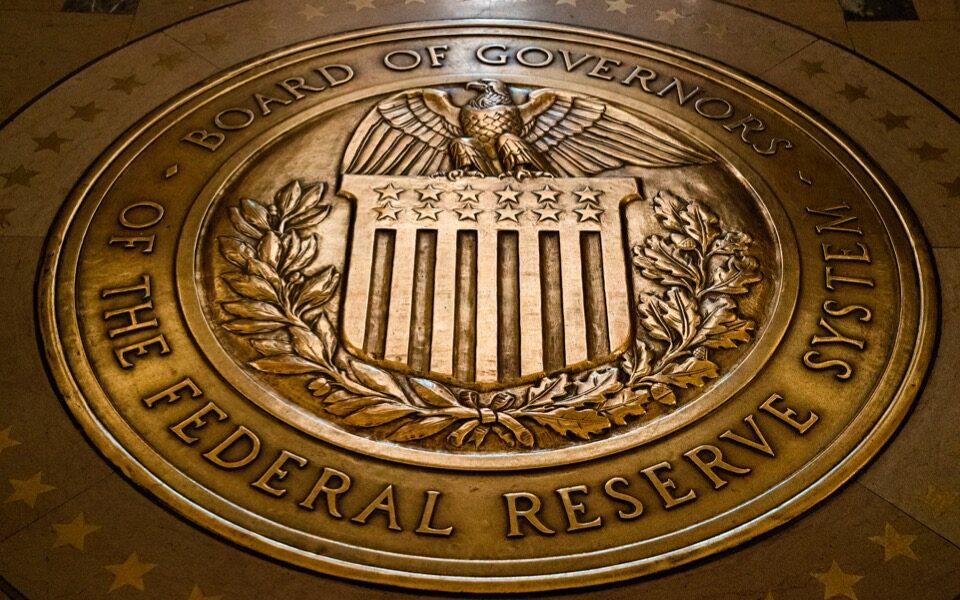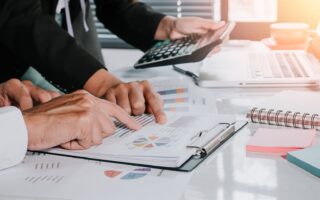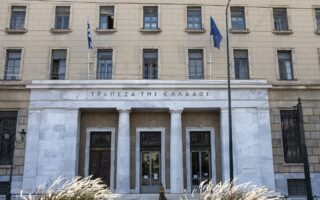About inflation and interest rates

At the level of the global economy, focusing on the US, the dominant question is whether we are going to see lower interest rates in the current year. The answer is no, if we look at the history of the Fed. Undoubtedly, we are not on the brink of another stretch of hyperinflation like that of the painful 1965-1982 period of rising prices for goods and services in the US. However, the Fed should raise interest rates well above the current rate of inflation and keep them there for at least a year. Everyone can recall the old saying “Don’t fight the Fed.” It has been a central tenet of the empirical wisdom of financial markets for decades. Based on this, if one bet against the Fed, the stereotype was that their positions would continue with losses. Now, it is becoming clear that this wisdom is not valid as the Fed is fighting inflation and the markets are fighting the Fed.
Based on pricing for bonds and futures, one would argue that markets expect the Fed to cut interest rates by more than half a percentage point by the end of the year. But this is rather unrealistic. Inflation in the US will continue to moderate, but will remain above 3% until the end of the year and unemployment will move higher to around 4.5%. In this scenario, a cut in Fed policy rates this year is unlikely. The consensus predicts that the Fed will not be able to cut interest rates until mid-2024. Based on international analysts, if the goal is to return inflation to 2%, then the estimated probability of a rate hike is 40%, that for stabilization is 35%, and there is only a 25% chance of decline.
Bonds have certainly recovered in terms of their ability to generate income, but if uncertainty over the outlook for inflation continues, the degree of stability they can offer will remain in question
There is no doubt that at this stage the macroeconomic data in the US is mixed, with an equal chance of recession or stagflation over the next 12 months. For the S&P 500, corporate earnings are expected to decline, even by double digits, as the recession progresses. And the relative future valuations for S&P 500 companies seem quite optimistic, as they are close to the highs of the period after the great financial crisis. With stocks struggling to break through upside, interest rates rising and valuations maxed out, the big question for investors is whether to take short positions. The answer is probably no. It is particularly noteworthy that the average monthly return of the S&P 500 between May and September since the 1920s is 0.4% – about half of the other months. This phenomenon has been even stronger in recent decades. Since 1987, monthly returns have averaged about 0.2% between the end of April and the end of September, while during the remaining months they have produced returns of 1.1%. This relationship is also presumed outside the US.
At this stage, bonds have certainly recovered in terms of their ability to generate income, but if uncertainty over the outlook for inflation continues, the degree of stability they can offer will remain in question. So the idea that “bonds are back” is still under investigation. The low volatility of bonds under normal conditions – i.e. around 3-4% per year – is one of their main characteristics. However, since mid-2022, bond volatility has historically more than doubled. At the same time, on a quarterly basis, the equity-bond correlation is near zero, retreating from the significant positive levels of 2022. An important question is whether bonds can return to their role as a reliable source of stability. The answer is yes, but only if uncertainty about inflation recedes to its stable pre-pandemic levels of 2%.
Another critical analysis parameter is related to the balance between labor supply and demand. A key indicator, the ratio of job openings to the number of unemployed, clearly indicates that the Fed should continue its anti-inflation campaign. The labor market has proven to be the most stable pillar of the US economy in recent quarters, with an average of 314,000 jobs being created each month through 2023. However, despite this, it appears that jobless claims in US may be a negative precursor, as it is typical that they continue with an increasing trend during the last months. The debate on labor supply and demand can be indirectly linked to debt crises. One way to assess a country’s resilience to a debt crisis is to compare the current growth rate of public and private debt as a ratio of GDP to the long-term historical trend. The greater the upward deviation from the mean, the more vulnerable the country is. Undoubtedly, the US and the eurozone are among the economies in a dangerous area with the above ratios at 268% and 254% respectively at the end of 2022. The case of Switzerland is also typical with the underlying ratio at 315%.
The period from mid-2006 to the start of the 2008 crisis was the only period so far this century when the Fed’s short-term interest rate was above 5%. Finally, as already mentioned, bonds offer income again. A number of broadly diversified bond mutuals and exchange-traded funds (ETFs) currently have yields in excess of 4%, finally offering investors meaningful income. Moreover, while savings accounts still offer less than 1%, returns on some money market funds are now at 5% or more, the highest since the turn of the century. Moreover, the rapid rise in interest rates has led to a significant repricing of stocks. Such revaluations always pose particular challenges to the investment ecosystem, but on the positive side, they set the stage for stronger equity returns going forward.
But the fight against inflation is not over yet. Changes in interest rates take more than a year to affect the economy. For long-term investors, today’s yields are a welcome change from the generally low income that bonds have offered for much of the past two decades. What’s next? The Fed is likely nearing the end of a rate hike cycle that began in early 2022, with many economists expecting it to raise its short-term interest rate target to around 5.5% and keep it there for an extended period. It is estimated that this effort will pay off. A globally diversified portfolio of stocks and bonds could perhaps earn between 4% and 6% annually over the next decade, a significant improvement over our expectations a year ago.
Panos Xidonas is a professor at the ESSCA Ecole de Management and director of research and chairman of the Investment Committee of AEDAK Insurance Organizations at Greece’s National Social Security Fund (EFKA). Dimitris Thomakos is a professor in applied econometrics at the University of Athens.





